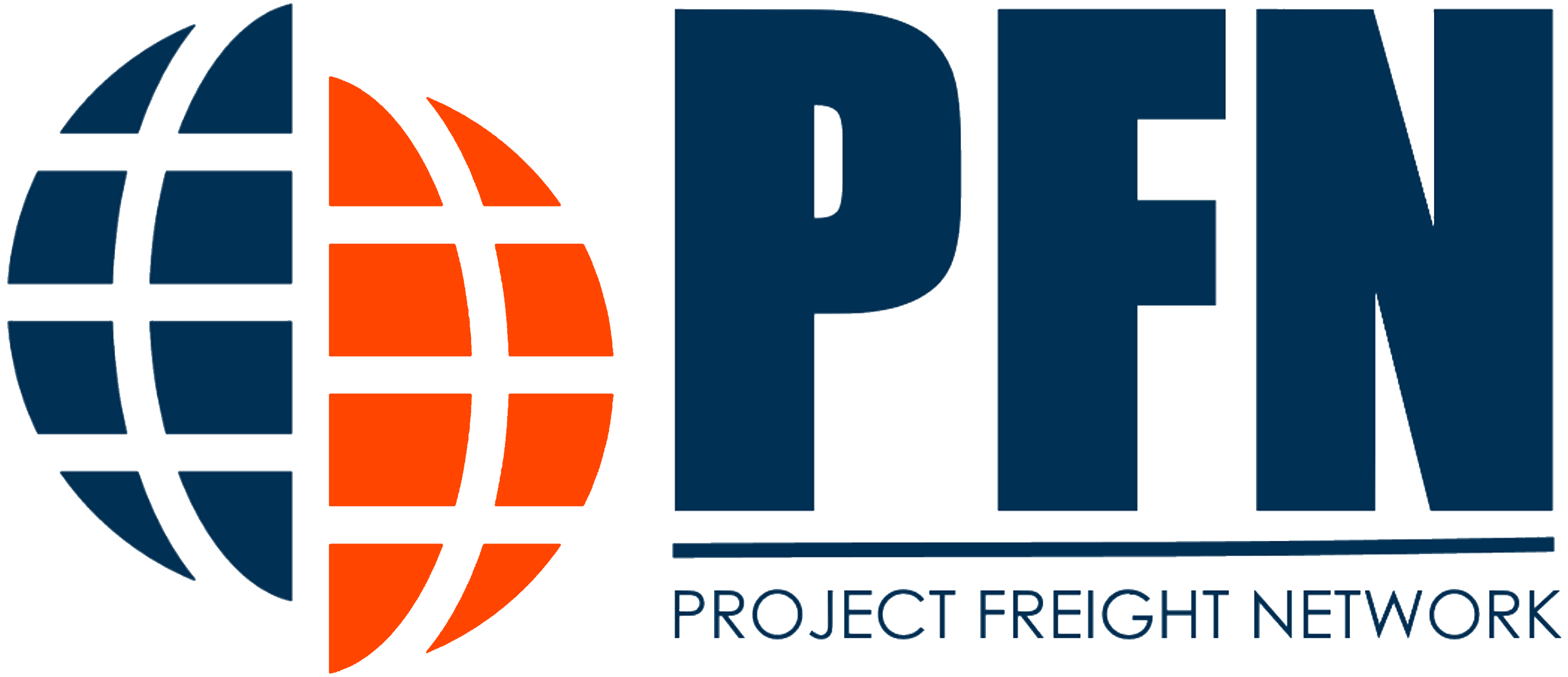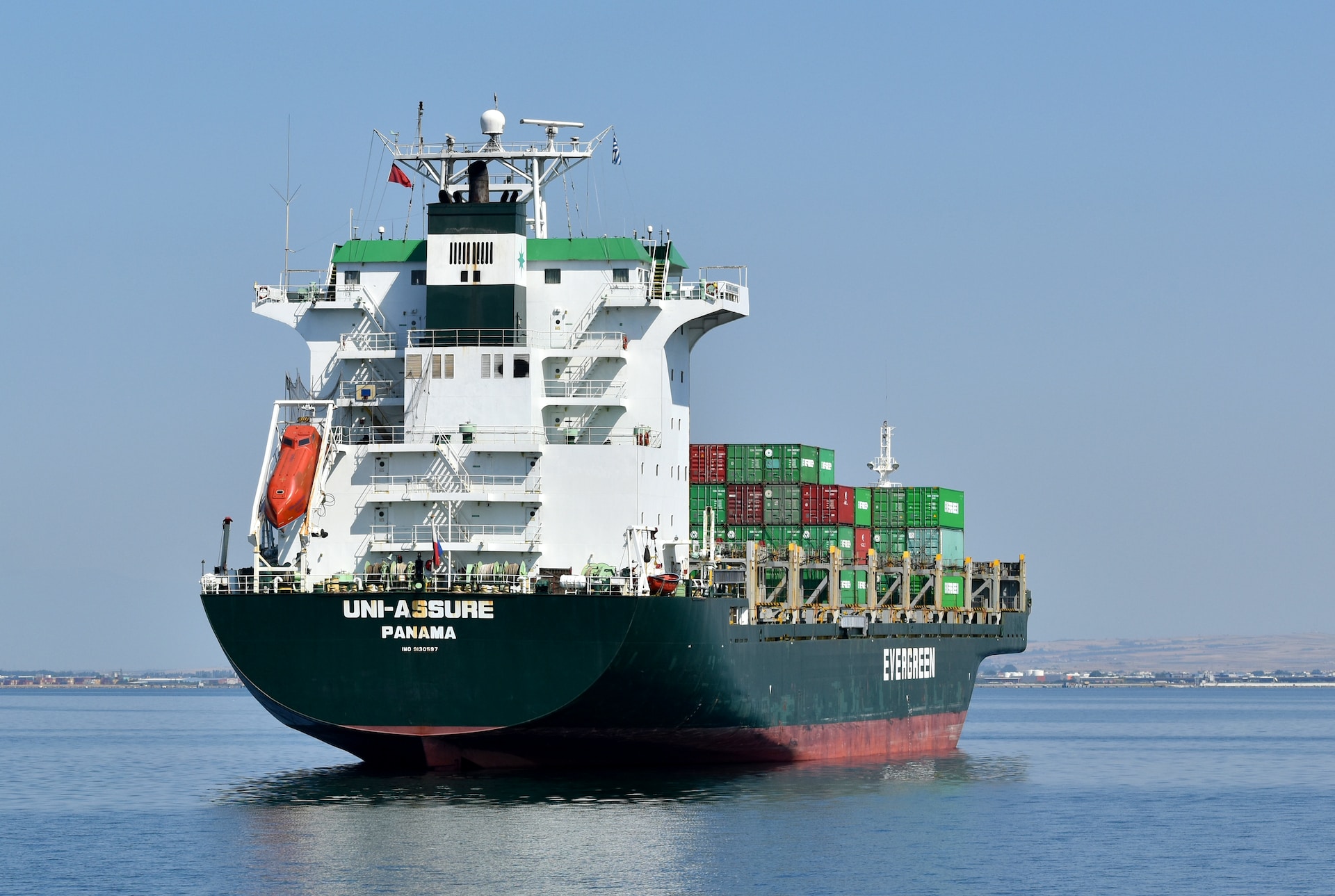In the wake of economic challenges and environmental concerns, the shipping industry has found itself weathering turbulent waters. The adoption of “slow steaming,” a practice of intentionally reducing vessel speed to cut fuel costs, has become a lifebuoy for companies and shipowners facing the storms of financial recession, emission control schemes, and escalating fuel prices.
Fuel Efficiency at Sea
Slow steaming, the strategic reduction of vessel speed to curtail fuel consumption, has proven to be a beacon of efficiency. The larger the ship and the slower it cruises, the greater the fuel savings. For example, a container ship of 8,000 TEU consumes approximately 225 tons of bunker fuel per day at 24 knots, dropping to 150 tons per day at 21 knots.
Beyond fuel savings, the environmental impact is substantial. The report “Regulated slow steaming in maritime transport” suggests that a 10% reduction in global maritime speeds could result in a 19% decrease in carbon dioxide emissions, presenting a win-win situation for both the industry and the environment.
Navigating Challenges
However, sailing the seas of slow steaming is not without challenges. Prolonged periods of reduced speed may cause engine damage, requiring costly adjustments. Gard’s Loss Prevention Circular No. 03-09 outlines technical concerns, emphasizing the importance of following guidelines provided by major engine manufacturers.
Contractual Considerations
In the contractual realm, the adoption of slow steaming introduces complexities. Under voyage charterparty or bill of lading contracts, shipowners implicitly commit to timely arrivals. Unjustified delays due to slow steaming could constitute a deviation, risking the loss of contractual protections.
Legal experts stress the need for incorporating suitable clauses into contracts to mitigate risks associated with slow steaming. Specific legal advice becomes crucial when drafting contracts to ensure that slow steaming intentions are adequately addressed.
Time Charters and BIMCO Clauses
Time charters may involve charterers instructing owners to adopt slow steaming. BIMCO, after extensive discussions, published clauses in 2011 and 2012 for both time and voyage charters, providing a framework for slow steaming agreements. However, even with aligned interests between owners and charterers, careful consideration of bill of lading holders is essential.
Virtual Arrival: A Strategic Evolution
The maritime landscape has evolved further with the emergence of “virtual arrival” clauses in charterparties. These clauses empower charterers to request speed adjustments for vessels to arrive at ports at agreed dates and times. Virtual arrival mitigates inefficiencies, allowing rational agreements on sailing speed to avoid port congestion.
Incorporating weather analysis providers (WAPs), virtual arrival agreements aim to share commercial benefits resulting from mutually agreed arrival times. The reduction in emissions and costs associated with slow steaming and virtual arrival presents a mutual boon for owners, charterers, and the environment.
In conclusion, as the industry navigates the seas of efficiency through slow steaming and virtual arrival, careful consideration of technical, contractual, and environmental factors becomes paramount. While these practices promise economic and ecological benefits, stakeholders must sail wisely, ensuring contracts are robust and agreements are in harmony with the complexities of maritime operations.





